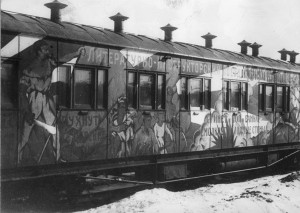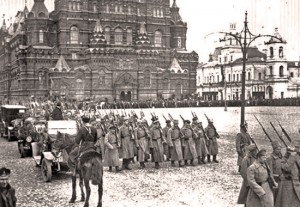I found it captivating to read The Communist Manifesto Party by Karl Marx and Frederick Engels shortly after discussing Adam Smith’s Wealth of Nations. Smith advocated for industrialization and capitalism in his work. He believed that as a states’ wealth and productivity grew, class disparities within that state would decrease. Marx and Engels disagreed with this idea. Wealthier, stronger entities dominated over less developed ones for centuries during the time these authors wrote their works. Marx believed that capitalism only extended the potential for this issue. He claims in The Communist Manifesto Party, “Modern bourgeois society, springing from the wreck of feudal society, had no abolished class antagonisms. It has but substituted new classes, new conditions of oppressions, new forms of warfare, for the old.”[1] Rather than restricting class disparities, Marx fully believed that the bourgeois society that rose from capitalism exemplified another dominating, ruthless power.
In my senior seminar for International Studies last semester, we discussed how superior races have dominated over “lesser” peoples since the beginning of time. Whether it was during Christopher Columbus’s reign over the Native Americans beginning towards the end of the fifteenth century or Great Britain’s invasion of India during the eighteenth century, more developed nations have always seen it in their interest to dominate over “lesser” people. Through this domination, these superior nations gained land, territory, and, ultimately, power. Marx would argue that capitalism is completely to blame for this continuous power struggle.
 I now pose these questions: Is Marx correct- is capitalism completely to blame for the power struggle that continues to exist today? What are some prominent examples that showcase this divide? How can we combat these struggles? How have First World countries made attempts to understand lesser nations? Or have they only made these issues worse?
I now pose these questions: Is Marx correct- is capitalism completely to blame for the power struggle that continues to exist today? What are some prominent examples that showcase this divide? How can we combat these struggles? How have First World countries made attempts to understand lesser nations? Or have they only made these issues worse?
Picture from: http://edmethods.com/author/tommaloneup/
[1] Karl Marx and Frederick Engels, “The Manifesto of the Communist Party,” in The Communist Manifesto and other Revolutionary Writings, ed. Bob Blaisdell (Mineola, New York: Dover Publicans, 2003), 126.


